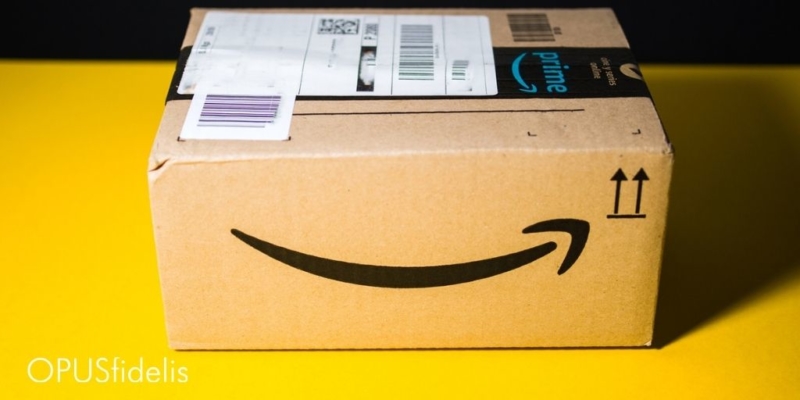Prime Day kicks off today, and Amazon’s deals are certainly a cause for celebration. But don’t get too carried away by the exhilarating promise of a great deal. Bad actors are always on the lookout for opportunities to exploit hype and high-traffic events, and Prime Day is no different.
According to CheckPoint researchers, in just the last month, there has been a 21 percent increase in domain-name registration including the word “amazon.” CheckPoint’s experts believe that out of these newly registered domains, 28 percent are malicious and 10 percent are suspicious. This data is corroborated by other experts; according to Forbes:
The anti-fraud experts at Bolster.ai have reported a massive spike in activity recently. In July, Bolster tracked 150 new sites looking to bilk unsuspecting Amazon customers. By August that number had shot up to more than 300.
Some of these fake sites even feature the Amazon logo on their pages, and manage to scam unsuspecting consumers into entering their personal details before they realize the sites are fake.
How can you protect yourself from scammers this Prime Day?
1) Always start from the official site url.
Even a Google search can lead you to a fraudulent page if you aren’t careful. To be safe, always type in the official site url – for Amazon it’s https://www.amazon.com/ – and go straight to the source to make your purchases. If you need to make a return, don’t search “amazon returns” – simply go to the official site and click on the “returns” section in the upper corner. And be warned: Amazon does not have a customer service phone number, so any number you see attributed to Amazon should not be trusted!
2) Be suspicious if your purchase experience seems different.
Chances are, you’ve purchased from Amazon before. Hit the brakes on your purchase if the buying process seems different. For example, many fraudulent sites will ask you to enter your payment info twice – this is something Amazon will never have you do.
3) Stop before you click on email links.
Phishing attacks are a common tactic used by scammers. Be on the lookout for supposed “Prime Day” emails that are not actually from Amazon.


